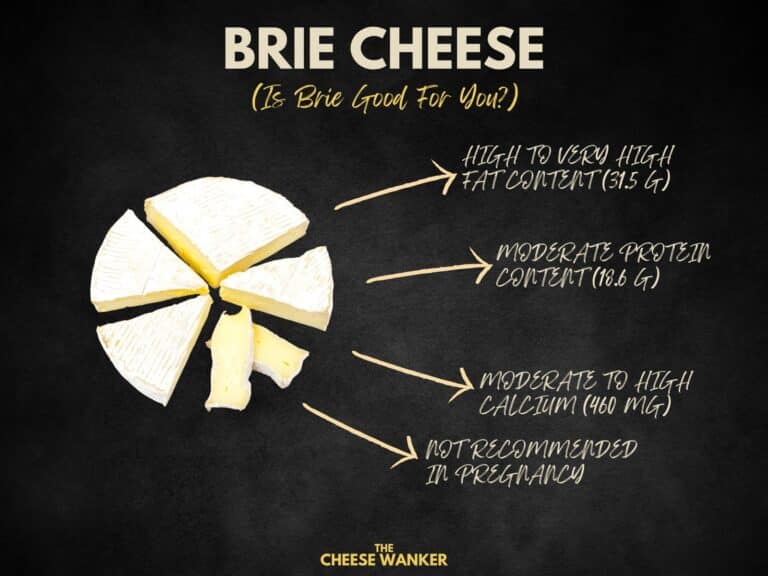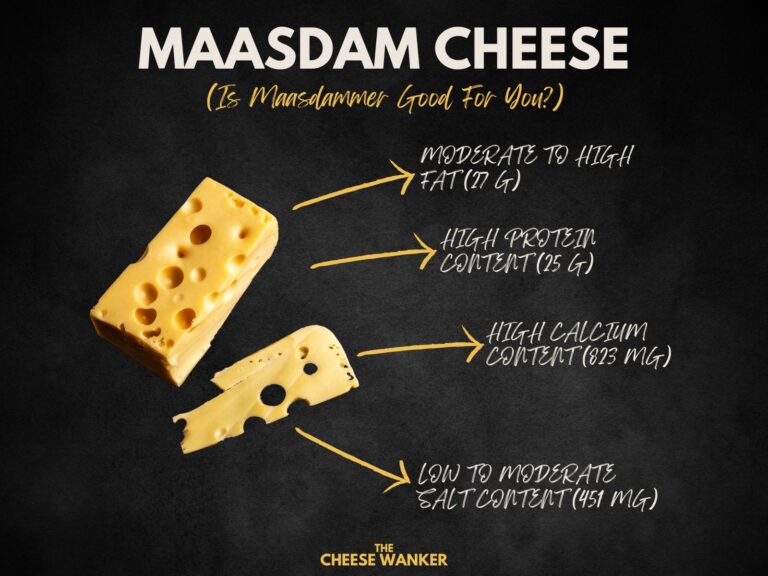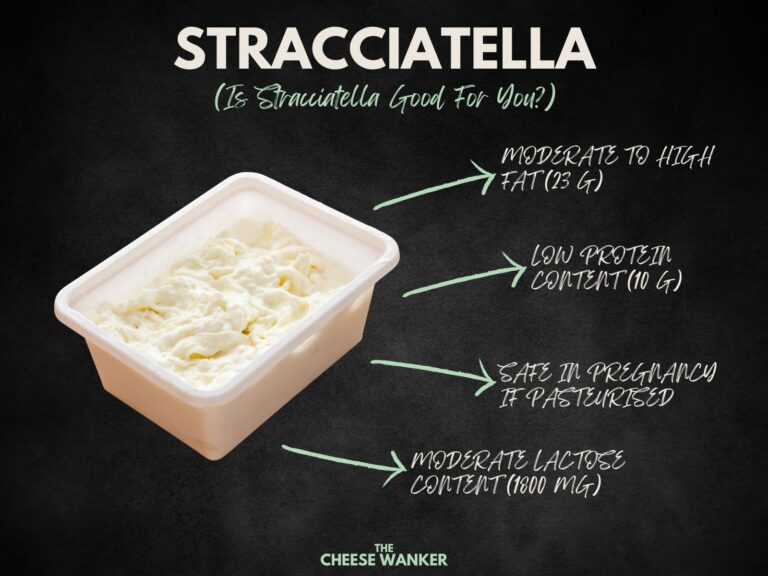Castello Creamy Blue is a premium brand of commercial cheese that is produced in Denmark. Thanks to its mild blue taste and decadently creamy texture, this blue cheese has become very popular around the world. But is it actually healthy for you? Read on to learn about the official nutrition facts for Castello Creamy Blue.
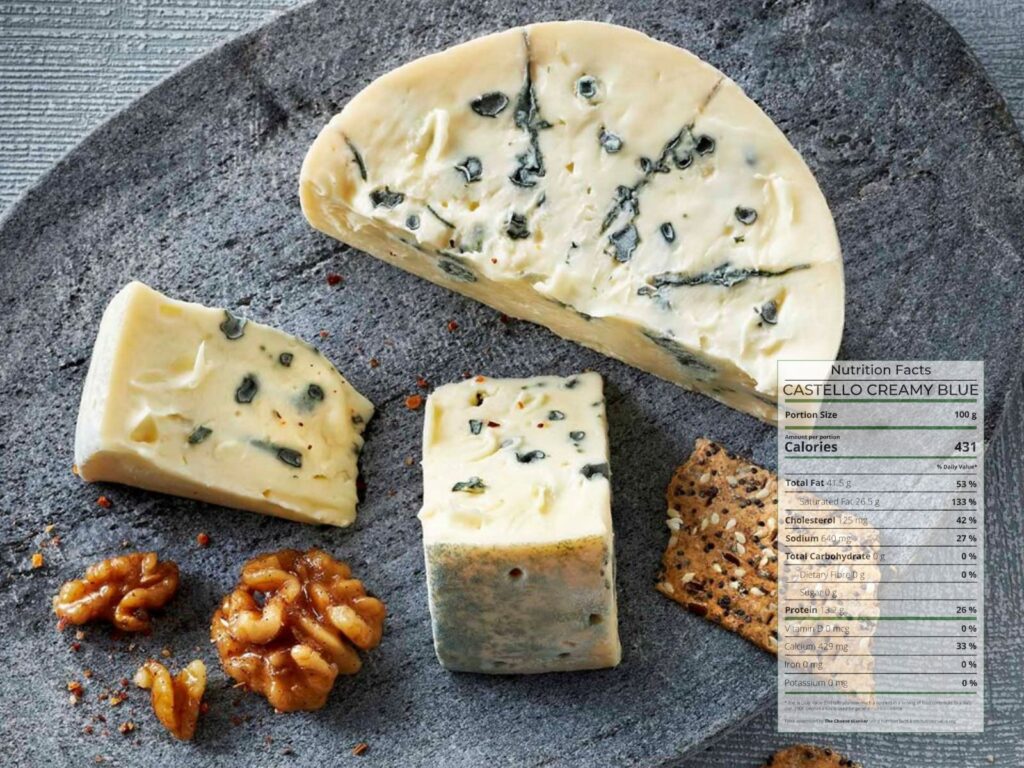
SEE ALSO: Nutrition facts for popular world cheeses in The Cheese Wanker’s index →
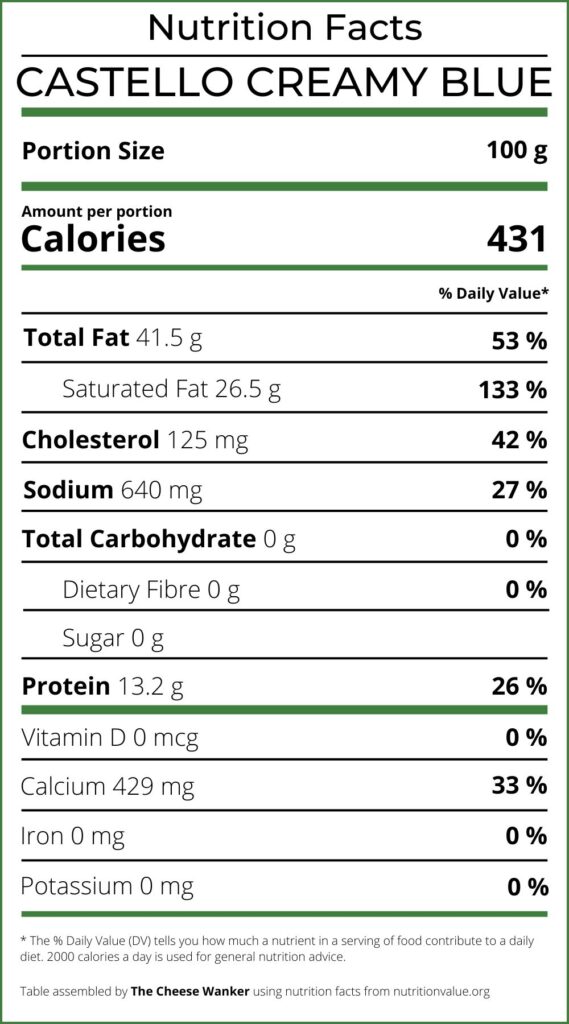
Country of origin
Denmark
Type of Cheese
Milk
Cow
Examples
Castello Danish Blue, Danablu, Castello Mini Creamy Blue
Safe
Keto Diet, Lactose Intolerance
Avoid
Nutrition Facts Summary for Castello Creamy Blue
Due to its very high fat and low carbohydrate contents, Castello Creamy Blue is on of the best cheeses for people following a ketogenic diet. Moreover, like other blue cheeses, Castello Creamy Blue has low to no detectable levels of lactose. As a result, even the most sensitive lactose intolerant cheese lovers tend to be able to digest this Danish cheese comfortably.
All commercial versions of Creamy Blue are made with pasteurised cow’s milk. However, because of the blue mould present in the cheese’s paste, Castello Creamy Blue is not deemed to be safe during pregnancy. Having said that, you can still cook this decadent Danish blue to render it safe.
References
Overall nutritional content
The nutritional content of cheese in our table comes from the USDA Food Data Central Repository, the Australian Food Composition Database and cheese manufacturers. We realise that there can be variations between different brands and producers. Hence, the numbers we have used are averages.
Fat content
Our fat RDI data comes from Cleveland Clinic’s Healthy Fat Intake resource.
Type of fat in cheese as per Harvard T.H. Chan’s The Nutrition Source.
Protein content
Our protein RDI data comes from Harvard Medical School’s Harvard Health Publishing.
Cholesterol content
Is There a Correlation between Dietary and Blood Cholesterol? Evidence from Epidemiological Data and Clinical Interventions? – Maria Luz Fernandez and Ana Gabriela Murillo
Saturated fat, carbohydrate, and cardiovascular disease – Patty W Siri-Tarino, Qi Sun, Frank B Hu and Ronald M Krauss
Effect of cheese consumption on blood lipids: a systematic review and meta-analysis of randomized controlled trials – Janette de Goede, Johanna M Geleijnse, Eric L Ding, Sabita S Soedamah-Muthu
Safety in pregnancy
All the advice relating to what cheeses you can eat during pregnancy in this article is based on the recommendations by health authorities in Australia, the UK and the USA. If you are unsure about what you can or cannot eat, please consult your doctor.
Australia – FSANZ, United Kingdom – NHS and United Sates of America – FDA
Lactose content
Lactose residual content in PDO cheeses
Detection of lactose in products with low lactose content
The analysis of lactose in milk and cheese products by HPLC
Food Standards ANZ Food Composition Database
Lactose & Galactose content of cheese
